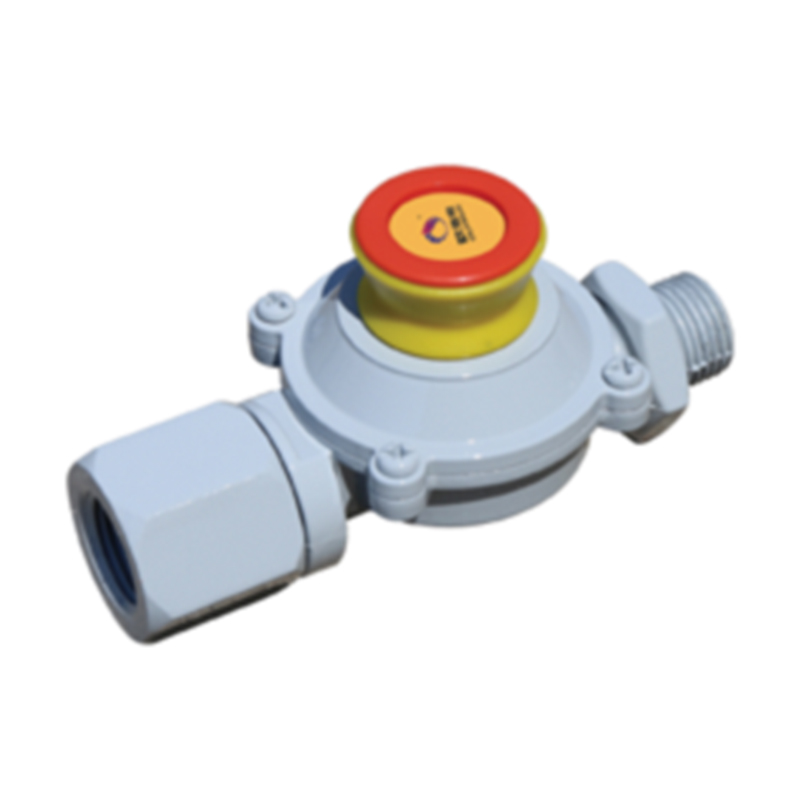
Dec . 16, 2024 12:20
Back to list
pneumatic valve
Understanding Pneumatic Valves Function, Types, and Applications
Pneumatic valves play a crucial role in modern automation and control systems, especially in industries utilizing compressed air to power machinery. These valves are designed to manage the flow and pressure of compressed air in various applications, allowing for precise movement and control of pneumatic actuators, like cylinders and motors. This article will explore the function, types, and applications of pneumatic valves, shedding light on why they are an integral part of pneumatic systems.
Function of Pneumatic Valves
At its core, a pneumatic valve functions to control the flow of air or gas within a pneumatic system. This can involve directing airflow, stopping airflow, or regulating pressure. The primary tasks performed by pneumatic valves include
1. Flow Control They regulate the air’s path through the system, allowing or blocking airflow to specific components, which in turn controls the movement of actuators.
2. Pressure Regulation Pneumatic valves help maintain desirable pressure levels within the system, ensuring that actuators receive air at a consistent and safe pressure, reducing the risk of malfunctions or accidents.
3. Actuator Control By opening or closing the flow of air, pneumatic valves control the operation of actuators, allowing for various movements such as linear or rotary motion.
4. System Protection Pneumatic valves can act as safety devices, preventing excess pressure from building up in the system, which could lead to equipment failure or dangerous situations.
Types of Pneumatic Valves
Pneumatic valves come in various configurations, each suited for specific applications and needs. Here are some of the most common types
1. Directional Control Valves These are perhaps the most widely used types of pneumatic valves. They control the direction of airflow within a pneumatic circuit. Directional control valves can be 2-way, 3-way, or 4-way, depending on the number of ports and their functions.
2. Pressure Relief Valves These valves are designed to prevent overpressure in the system by venting excess air. They are critical in ensuring the safety and integrity of pneumatic systems.
pneumatic valve

3. Flow Control Valves These valves regulate the speed of the actuators by controlling the rate of airflow. They allow operators to achieve desired speeds and precision in movement.
4. Solenoid Valves Utilized for automatic control, solenoid valves use electromagnetic mechanisms to open or close. They are popular for automation where electrical signals are used to operate pneumatic systems.
5. One-way Valves These valves allow airflow in one direction only, preventing backflow and ensuring a steady flow of air to the actuator.
Applications of Pneumatic Valves
Pneumatic valves are ubiquitous in various industries, where they facilitate numerous applications. Some key sectors include
1. Manufacturing In manufacturing environments, pneumatic valves are essential for operating machinery and assembly lines. They control tools, pick-and-place systems, and conveyor belts, enhancing efficiency and production rates.
2. Automotive The automotive industry employs pneumatic valves for various purposes, including operating pneumatic tools, controlling assembly lines, and in the testing of components.
3. Food and Beverage Pneumatic valves are critical in the food and beverage industry for packaging and processing. They help control the movement of products and ensure packaging operations are efficient and hygienic.
4. Pharmaceuticals In the pharmaceutical sector, pneumatic valves ensure controlled environments during production processes, aiding in the precision required for medication manufacturing.
5. Robotics Pneumatic valves are integral to robotics, particularly in applications requiring precise movements and control, such as robotic arms used for delicate assembly tasks.
Conclusion
Pneumatic valves are fundamental components of pneumatic systems, as they control the flow and pressure of compressed air. Understanding their functions, types, and applications is vital for anyone involved in industries reliant on pneumatic technology. As automation continues to evolve, the importance and sophistication of pneumatic valves will likely increase, driving innovations that enhance operational efficiency and safety across various sectors. Whether in manufacturing, automotive, or pharmaceuticals, pneumatic valves are essential for achieving streamlined processes and effective control in an ever-evolving industrial landscape.
Latest news
-
Safety Valve Spring-Loaded Design Overpressure ProtectionNewsJul.25,2025
-
Precision Voltage Regulator AC5 Accuracy Grade PerformanceNewsJul.25,2025
-
Natural Gas Pressure Regulating Skid Industrial Pipeline ApplicationsNewsJul.25,2025
-
Natural Gas Filter Stainless Steel Mesh Element DesignNewsJul.25,2025
-
Gas Pressure Regulator Valve Direct-Acting Spring-Loaded DesignNewsJul.25,2025
-
Decompression Equipment Multi-Stage Heat Exchange System DesignNewsJul.25,2025

